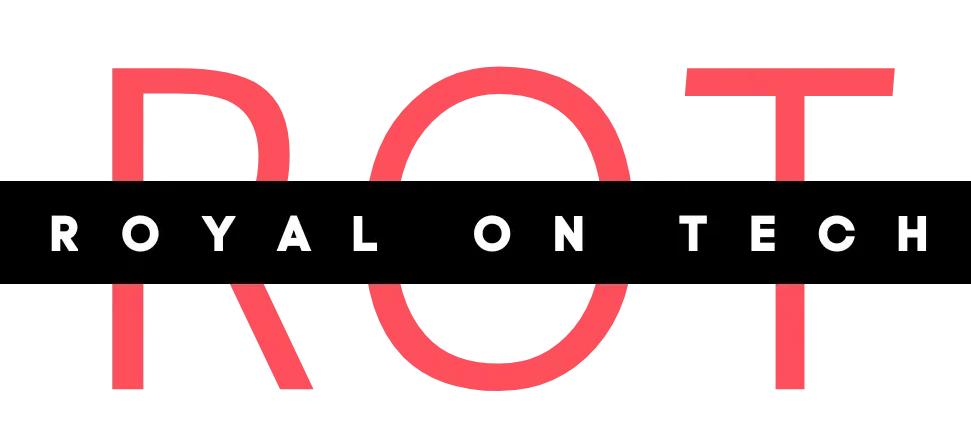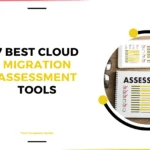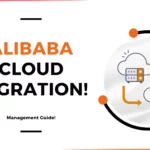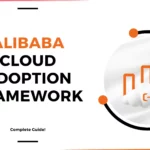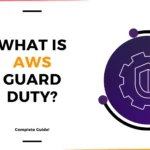For More Info!
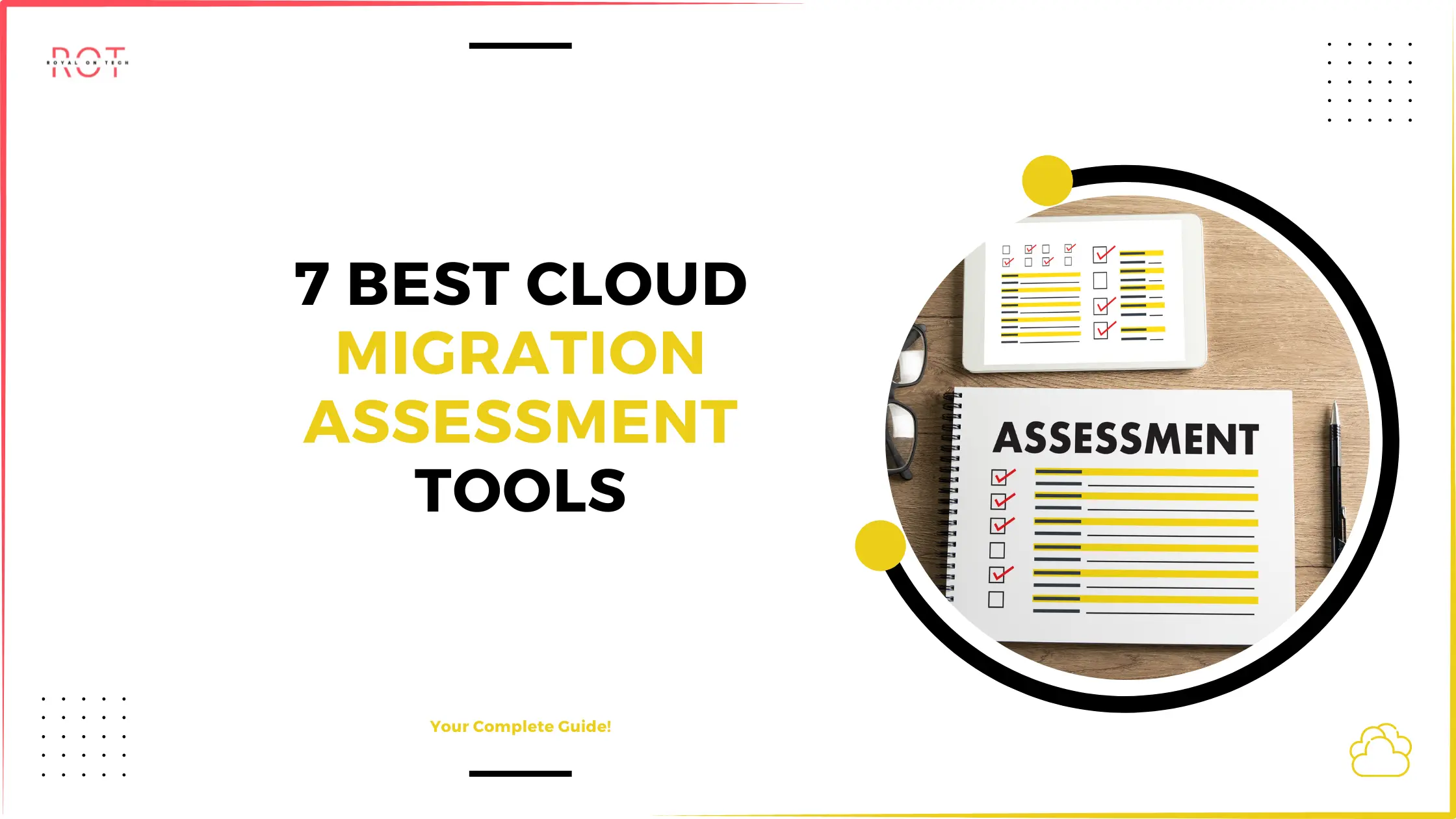
7 Best Cloud Migration Assessment Tools
Cloud migration assessment tools help you evaluate and plan moving applications and workloads to the cloud. They provide insights into dependencies, costs, and overall feasibility.
Cloud Migration Assessment Tools List
Cloud migration assessment tools help organizations plan and move applications and data to the cloud smoothly while minimizing risks and downtime. They provide insights into dependencies, performance, security, and costs, helping create tailored migration plans.
This guide reviews the top tools, highlighting features like resource allocation, workload discovery, cost analysis, and ongoing monitoring to support effective cloud migration.
1 – AWS Cloud Adoption Readiness Tool (CART)
The AWS Cloud Adoption Readiness Tool (CART) helps organizations assess their readiness for cloud adoption and identify skill gaps. By completing a 16-question survey available in multiple languages, organizations receive a custom report that evaluates readiness in six areas: business planning, security, operations, people, platform, and process. This report includes visual aids like a heatmap and radar chart.
CART is based on the AWS Cloud Adoption Framework (AWS CAF) and follows AWS best practices to support digital transformation. The report highlights strengths and offers resources to improve weaker areas, helping businesses plan for successful cloud adoption. It also helps visualize strengths and weaknesses and prioritize necessary actions for a smoother migration process.
2 – Azure Migrate
Azure Migrate is a powerful platform for cloud migration and modernization. It helps businesses discover, assess, and migrate on-premises resources to Azure in a unified way. With Azure Migrate, companies can plan their migration by gaining insights into their infrastructure, databases, and applications, allowing for a secure and phased transition to optimize performance and costs.
The platform simplifies the identification of infrastructure, databases, applications, and virtual desktops. It maps dependencies and estimates costs for different Azure scenarios, helping businesses create a solid migration proposal. Azure Migrate also checks the readiness of on-premises resources and supports customized migration plans.
Using Azure Migrate is cost-effective and encourages innovation. Businesses can migrate in stages, monitor progress on a central dashboard, and leverage Azure’s flexibility and integration with third-party tools. It also allows testing in Azure before retiring on-premises assets, optimizing costs while driving modernization.
Azure Migrate is free with an Azure subscription, offering various cost optimization features, though there may be extra charges for partner tools. It helps businesses right-size resources based on usage and take advantage of Azure’s hybrid benefits, reserved instances, and savings plans.
3 – Google Rapid Migration Program (RaMP)
Google Cloud’s Rapid Migration Program (RaMP) helps customers move their IT infrastructure to the cloud smoothly. It provides data-driven insights and a detailed roadmap that outlines timelines, costs, resources, and risks. Customers receive expert guidance and a clear transition plan.
RaMP follows a systematic approach to migration:
- Opportunity Evaluation: Identifies cloud options based on the customer’s IT setup.
- Foundation and Planning: Selects suitable workloads for the cloud and builds the necessary foundation.
- Migration and Validation: Transfers workloads to the cloud while continuously analyzing the process.
- Optimize and Operate: Assesses cloud performance and makes adjustments before fully transitioning.
This structured program creates a cycle where lessons from each migration improve future ones, making the process more efficient. With Google Cloud RaMP, customers can achieve successful cloud migration with lower costs, reduced risks, and expert support.
4 – Microsoft Strategic Migration Assessment
The Strategic Migration Assessment and Readiness Tool (SMART) helps organizations prepare for Microsoft Azure migration. It evaluates business strategy, partner support, inventory, goals, migration plans, technical skills, environment setup, governance, and cloud management. Users can focus on specific areas or complete all questions, receiving a report that highlights areas for improvement and helpful resources.
To get the most out of SMART, it’s best to complete the 17-question assessment with a Microsoft account holder or an expert. The process takes about 30 minutes and provides valuable insights into digital transformation.
After finishing, SMART generates a results page with tailored recommendations and next steps for each category. Users can see their strengths and growth areas in a matrix format and export results to a CSV file. The assessment also gives an overall grade and specific recommendations for improvement.
SMART includes a milestone feature, allowing organizations to track their growth over multiple assessments. This helps businesses measure progress toward migration readiness and address gaps in their digital transformation strategy.
5 – CloudFuze X-Change
CloudFuze X-Change is a flexible cloud migration service that helps businesses transfer their data, including user accounts and permissions. It can securely and quickly migrate large amounts of data, making it a trusted choice for organizations with high privacy and security needs. The platform supports migrations from on-premises storage to the cloud and between different cloud services.
CloudFuze can handle thousands of users and petabytes of data, serving a wide range of organizations, from federal agencies to large enterprises. Its multi-user migration feature makes transitions smooth and efficient. The service ensures data protection through encryption and complies with regulations like SOC and GDPR.
In addition to migration, CloudFuze allows organizations to sync multiple cloud services, simplifying cloud management. Their team of migration experts provides pre-migration analysis, content reassessment, and user support to ensure a successful transition. Overall, CloudFuze is a reliable solution for businesses of all sizes looking for a secure cloud migration experience.
6 – CAST Highlight
CAST Highlight is a powerful application assessment tool ideal for M&A tech due diligence, troubleshooting, and evaluating custom-code software. It provides detailed analysis and actionable recommendations on composition, security risks, technical debt, software compliance, code complexity, architecture, cloud readiness, and industry benchmarks.
In addition to assessing applications, CAST Highlight evaluates cloud readiness for businesses planning to migrate to platforms like Microsoft Azure, AWS, or IBM Cloud. It scans source code to identify potential issues, helping ensure a smooth transition to Platform-as-a-Service (PaaS). The tool also suggests application refactoring priorities and provides initial cost estimates for migration.
CAST Highlight excels in automating portfolio governance across hundreds of applications, offering quick insights and recommendations. Key benefits include lower maintenance costs, reduced technical debt, faster cloud migration, and better management of open-source risks. It also promotes sustainable software development.
Compatible with over 50 technologies, CAST Highlight features customizable dashboards, instant drilldowns, REST APIs, and CI/CD plugins. Its capabilities include software health monitoring, cloud maturity assessment, software composition analysis, and green impact evaluation.
7 – AvePoint Migrator
AvePoint Migration as a Service (MaaS) is a complete solution for migrating Office 365 and SharePoint content. It includes a cloud migration assessment to ensure a smooth transition to Microsoft Office 365 or SharePoint. AvePoint’s team of Microsoft-certified engineers has helped thousands of customers worldwide with their migrations.
Using award-winning tools and proven methods, AvePoint has moved over 8 petabytes of data from various systems. AvePoint MaaS offers full-service support, providing consultation and implementation tailored to each client’s needs. This allows organizations to consolidate cloud services or migrate from legacy systems like Livelink, Lotus Notes, and EMC Documentum.
The AvePoint MaaS process includes several stages: discovery, assessment, pilot, execution, and onboarding. It starts with a review of the client’s needs and current environment, followed by assessing any governance or hardware gaps. After a pilot test, the migration begins with full and incremental data transfers, complete with status updates for stakeholders. Any changes during migration are synchronized, ensuring users transition smoothly to the new environment.
